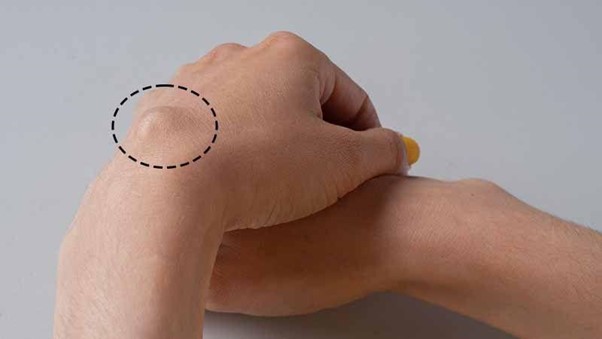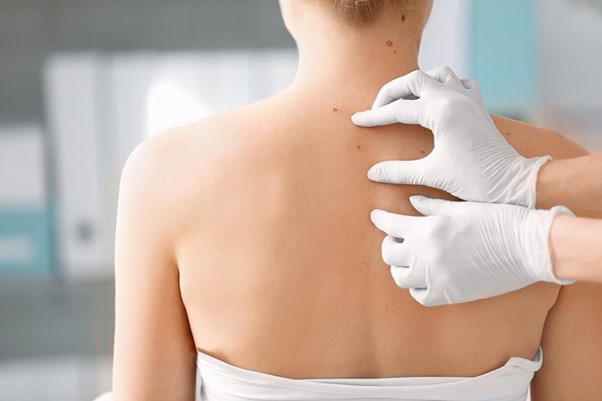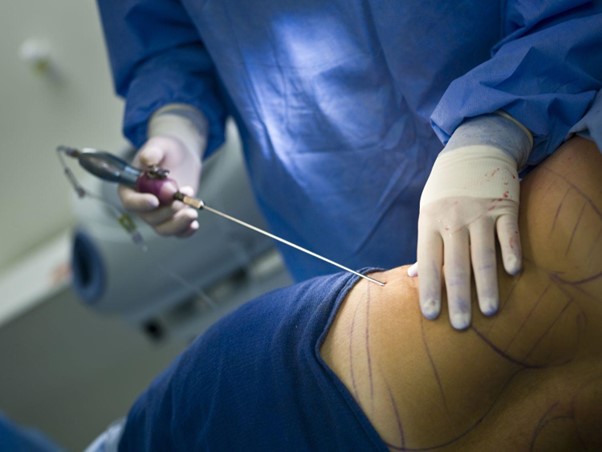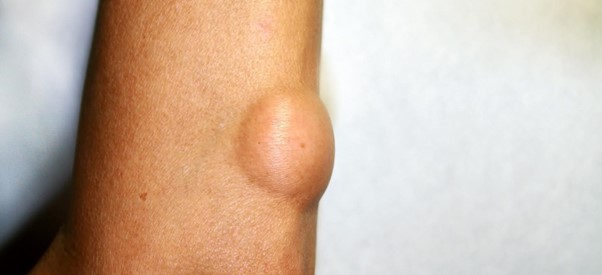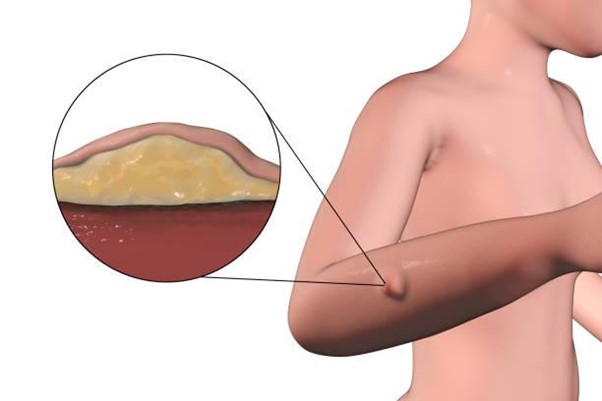
Understanding Lipomas: Causes, Symptoms, and Types of Fatty Tumors
Lipomas are soft, benign tumors made up of fat cells. They form just below the skin and can range in size from very small to several inches across.
Though lipomas are harmless, they can become painful or interfere with movement if they grow very large. Learning about their causes, symptoms, and types can help you take the right steps to prevent or treat them if they occur.
Causes of Lipomas
The exact cause of lipomas is unknown, but there are certain factors that a person risks including age (lipomas are more common in people over 40), genetics (a family history of lipomas increases the risk), and hormone levels (low testosterone can lead to increased risk).
Symptoms of Lipomas
Lipomas are typically painless and don’t cause any other symptoms aside from their presence. They can be felt under the skin as small lumps or bumps, which may move around slightly when touched.
Lipomas can also become painful if they grow too large, press on a nerve, or cause fatigue due to their size.
Types of Fatty Tumors
Subcutaneous Lipomas
The most common type of fatty tumor grows just under the skin. These lipomas are usually soft, movable, and painless.
Subcutaneous lipomas can occur anywhere on the body and can even grow in clusters. If a subcutaneous lipoma becomes too large or painful, surgical removal is recommended.
Intermuscular Lipomas
These fatty tumors are located between the layers of muscle and are usually painless. Intermuscular lipomas can grow large and cause discomfort, but they’re not usually life-threatening.
Treatment for these lipomas may involve surgical removal or monitoring for any changes.
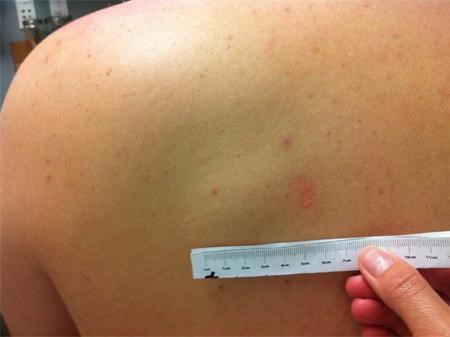
Intramuscular Lipomas
These fatty tumors grow within the muscles and can cause pain and weakness in the affected area.
Intramuscular lipomas are less common than subcutaneous and intermuscular lipomas but are more likely to require surgery.
Spindle Cell Lipomas
Spindle cell lipomas are rare and usually found on the back, neck, and shoulders. They are slow-growing and can take years to develop. These lipomas are generally not painful, but they can grow large and require surgical removal.
Angiolipomas
Angiolipomas are fatty tumors that contain a large number of small blood vessels. These lipomas can occur anywhere on the body but are more common on the legs and arms.
Angiolipomas are usually painless but can cause discomfort if they grow too large. Treatment for these lipomas may involve surgical removal, especially if they cause discomfort.
Treatments for Lipoma Removal and Prevention
Surgical Excision
The most common treatment for lipoma removal is surgical excision. This procedure involves making an incision on the skin and removing the lipoma from under the skin.
The procedure is performed under local anesthesia and is considered safe. However, there is a risk of scarring, infection, and bleeding. After the procedure, the patient is required to take prescribed medications to prevent infection.
Liposuction
Liposuction is another popular treatment for lipoma removal. This procedure involves inserting a thin tube into the skin and sucking out the fatty tissue.
The procedure is performed under local anesthesia, and the patient is required to wear a compression garment for a few weeks after the procedure to help with healing.
The procedure has fewer risks compared to surgical excision, and the scar is minimal.
Steroid Injections
Steroid injections are used to reduce inflammation and shrink the size of the lipoma. The procedure involves injecting the steroid directly into the lipoma.
The treatment is performed on an outpatient basis and does not require anesthesia. This treatment is suitable for people who do not want surgery or have large lipomas in sensitive areas such as the face.
Laser Treatment
Laser treatment is a minimally invasive treatment for lipoma removal. The procedure involves using a laser to liquefy the fat cells under the skin.
The liquefied fat is then removed through a small incision. This procedure is performed under local anesthesia, and there is minimal scarring.
Diet and Exercise
Lipomas can be prevented from forming through a healthy diet and exercise. Lipomas are often caused by an unhealthy lifestyle such as being overweight, eating unhealthy food, and being inactive.
By living a healthy lifestyle, you can prevent the formation of lipomas and reduce the chance of them recurring.
Conclusion
Lipomas are benign tumors made up of fat cells that typically form just below the skin. They can range in size from very small to several inches across and often don’t cause any symptoms aside from their presence.
Understanding the causes, symptoms, and types of lipomas can help you take the right steps to prevent or treat them if they occur. If a lipoma becomes painful or is affecting mobility, it may need to be removed surgically.
Surgery can also be done to prevent a recurrence. In some cases, lipomas may not require treatment if they are small and asymptomatic.
Learn more.
